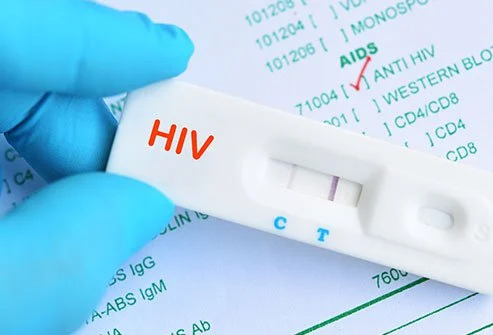Shandong Zhanhua Yonghao
News
Add: GENGJU VILLAGE NORTH ONE KILOMETER,,ZHANHUA DISTRICT,BINZHOU CITY,SHANDONG PROVINCE,CHINA.
+86-543-7596322
How Much HIV Drug Adherence Is Enough?
Drug adherence remains a key component to successfully treating HIV. Unlike chronic medications used to treat illnesses such as heart disease or diabetes—which may require as little as 70% adherence to achieve the desired goals—antiretroviral therapy has long required near-perfect adherence to sustain viral suppression, prevent disease progression, and avoid the development of drug resistance.

With the release of the once-monthly or once-every-two-months injectable antiretroviral drug Cabenuva (cabotegravir + rilpivirine) in 2021, the very notion of adherence has been turned on its ear.
Given that we now have a more effective and robust generation of antiretroviral drugs, many have questioned whether the old rules of adherence still apply.
The 95% Adherence Mantra
HIV treatment guidelines have traditionally dictated that people need to maintain greater than 95% adherence to sustain an undetectable viral load. For a daily single-pill drug regimen, that translates roughly to 14 non-consecutive missed doses over the course of a year.
However, some have begun to argue that the "95% mantra" is based on data collected in the late 1990s, when drug regimens were more complex and drugs had far shorter half-lives.
While there are few who would rightly proclaim that 85% or even 90% is the "new" adherence standard, there is evidence that the adherence threshold today is nowhere near as slim as it was 10 years ago.
Arguments Against
On one side of the argument, there are those who believe that, rather than lowering the threshold, the focus should be placed on reinforcing optimal adherence.
There is evidence to support this argument, mainly in the form of the HIV care continuum, a public health model that tracks the number of Americans with HIV from diagnosis to achieving and maintaining viral suppression.
uboptimal adherence has long been known to play a central role in this. Even if adherence is initially good, research suggests that adherence will traditionally slip one to three months after the initiation of treatment.3 Lowering the threshold may only allow adherence rates to slip even further.
Arguments For
On the flip side, the body of evidence has shown that newer-generation drugs, like integrase inhibitors, are far more "forgiving," meaning that they are able to sustain drug concentrations in the bloodstream even if doses are missed.4
Protease inhibitors like Prezista (darunavir) also benefit from newer pharmacokinetic enhancers ("booster drugs") like Tybost (cobicistat) that sustain blood concentrations well beyond the drug's traditional half-life.5
This is unlike many antiretrovirals of the past, some of which required a dose every eight hours to prevent the drug from slipping beneath therapeutic levels.

